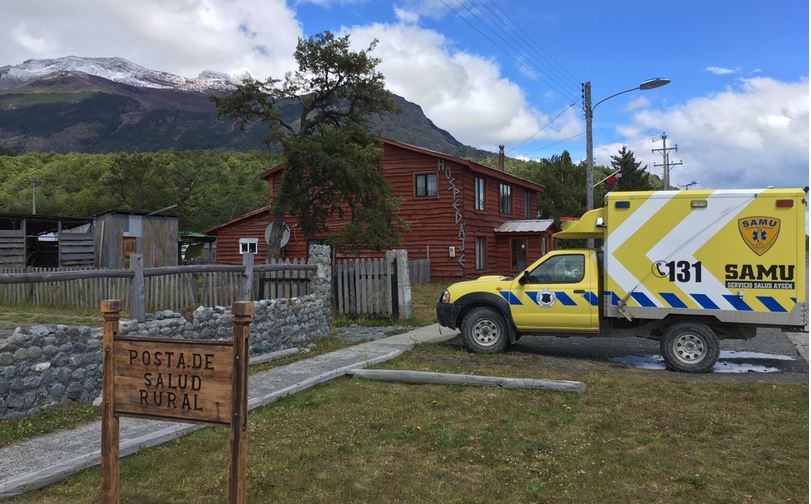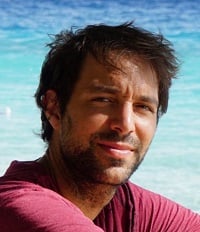Adrián Castellote: "In Patagonia, the only thing running is the wind"

 Adrián Castellote is semFYC’s representative in WONCA Europe’s Network, EURIPA – the organisation for doctors from rural and remote areas in Europe. He is now embarking on a working trip on a sailing expedition to Antarctica. Follow his footsteps live with semFYC with hasgtag # MFenAntártida This is the second installment about his journey.
Adrián Castellote is semFYC’s representative in WONCA Europe’s Network, EURIPA – the organisation for doctors from rural and remote areas in Europe. He is now embarking on a working trip on a sailing expedition to Antarctica. Follow his footsteps live with semFYC with hasgtag # MFenAntártida This is the second installment about his journey.
www.polarsteps.com/AdrianCastellote/1258612-antartica
The village of Villa O'Higgins is primarily known for being the end of the Carretera Austral, Chilean mythical route in the remote Aysen Region. Wedged between the Andes and the fjords that fray the Chilean coast, it is also known as the capital of Los Glaciares. The only way out by land is north - across a fjord on a flatboat or via the Lago O'Higgins to the south and cross the border to Argentina walk about 30 kilometers. They say some planes land occasionally on an old airfield covered by mud and weeds. The whipping wind, hard rain, and snow-capped mountains with a looming storm after another morning of summer.
I walk around town I find the ‘Rural Health Post' and a vehicle parked looking like an ambulance van. Inside I am greeted by Doctor Camilo, a young man, graduated a year ago. He tells me that within the program of any specialty there is a requirement for three to six years of rural medicine, and in the remotest places. He shows me the Centre: those working here are a dentist, two paramedics and him. In addition, once a month are visits from a consultation nurse, midwife and psychologist. Although people can get some basic drugs - there is a rudimentary pharmacy five hours and a ferry ride away, and for more complex drugs they have to travel to Coyhaique, the regional capital, 600 kilometers dirt tracks, which is also the main hospital.

"In Patagonia, the only thing running is the wind, " he says with a mixture of sarcasm and resignation ". "What if an emergency comes? - I ask. "Well, here we try to be everything we can be - self-sufficient. The emergency room is well equipped and if needed they can intubate and stabilise a patient, and undertake fibrinolysis if required . There is a plane for urgent evacuations, but not at night or in bad weather, so if you have to evacuate immediately if it is necessary to make the long and dangerous journey by land and sea. However, with just over 500 patients, real emergencies are rare.. "
I continued on my way to the South reflecting on how different, necessary and improvable are all realities of rural medicine.
see Adrián's first story